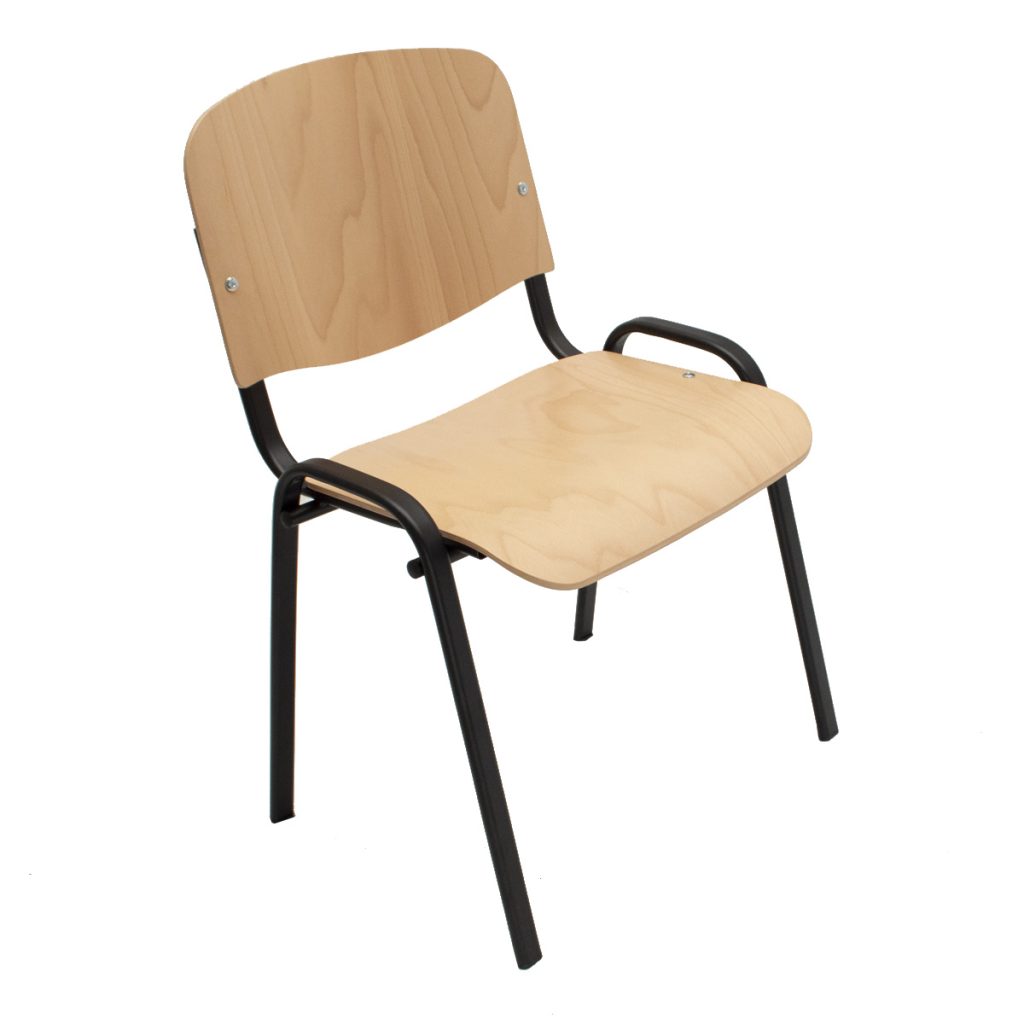Chair care and maintenance

Cushion
The most important maintenance is vacuuming. It removes dirt and dust that can otherwise penetrate the fabric and become embedded. Always remember to use a soft nozzle. Do not rub too hard on the fabric, as this can provoke “pilling” or potentially discoloration.
All textiles shed lint on the surface, also known as pilling. Lint can be gently removed with an electric lint remover.
NON-FATTY STAINS: Initially, gently dab with a clean, lint-free cloth or sponge, wrung out in clean, warm water. The stain is treated from the outer edge towards the center.
GREASY STAINS: Can be removed with suitable stain removers. We always recommend that tests are conducted.
on the products in a less visible place before they are used in the exposed area. We recommend Guardian foam cleaner.
The fact that the cover is removable does not mean that it can be cleaned or washed.
Polypropylene (PP)
Plastic furniture is cleaned with water or mild dish soap. Coarser cleaning tools
can damage the surface of the plastic. Sun and light can permanently change the color of the product.
Aluminum
Furniture made of aluminum requires no specific form of treatment. Clean with a soft cloth and mild dish soap. Wipe down with a damp cloth afterward. It is often treated with a layer of lacquer. This wears off. Aluminum does not tolerate saltwater.
Poly rattan
Dirt is easily removed with a damp cloth or a soft brush. For stubborn stains, use water with a little soap. A hard brush should never be used. The surface can become damaged and there is a risk that
that the materials become fragile. To extend the lifespan, we recommend indoor storage or the use of protective covering.
Teak wood
Teak wood has a naturally high oil content and can withstand extreme weather conditions. Due to the influence of rain and sun, a natural weathering process can occur.
To maintain the original color for a longer time, we recommend treatment with teak wood oil. Teak furniture
must be stored covered over the winter. Avoid
storage of the furniture in warm rooms, as wood dries out quickly. We recommend regular tightening of screws.
Steel
Clean with mild soap and water. Wipe dry with a clean cloth.
Veneer
For daily cleaning, a lightly damp cloth is recommended. Wipe afterwards with a dry cloth. Water should only be used in limited amounts. Spilled liquids should be removed immediately, as veneer is sensitive to moisture. Never use sulfo or ammonia-based cleaning agents.
Composite wood
For daily cleaning, a damp cloth is recommended, possibly with added detergent. Descaling agents, alcohol, bleach, and similar cleaning products must be removed immediately with a wrung-out cloth. Scratches can be removed with fine sandpaper.
Laminate
The daily cleaning is done with clean water.
– However, laminate surfaces can withstand all common cleaning agents. Avoid using sulfo as much as possible, as this will leave a greasy surface. If there are stains that cannot be removed immediately, one can try a equal mixture of water and chlorine.
Lacquered wooden furniture
Wiping with a damp cloth, wrung out in clean
water. Wipe with a dry cloth. If the finish is dull, a thin layer of furniture oil can be applied. Must not be used outdoors.
Screws
Loose screws are a natural consequence of regular use. Be aware of loose screws and make sure to tighten all screws every 6 months.
Questions? Call 8912 1200
You can download the guide here